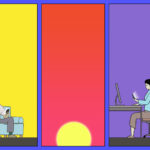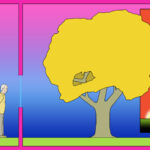Colleagues, clients, and I are talking about the return of trauma symptoms in people who have achieved remission from post-traumatic stress disorder (PTSD). It’s possible that pandemic conditions have strained brain resources that kept people in remission. Beyond pandemic languishing, to describe this current push-pull of stressors, Amy Cuddy, Ph.D., and other thinkers are using the term pandemic flux syndrome. Counselors and clients, together, are working on how to return to remission from trauma symptoms during these unprecedented times.
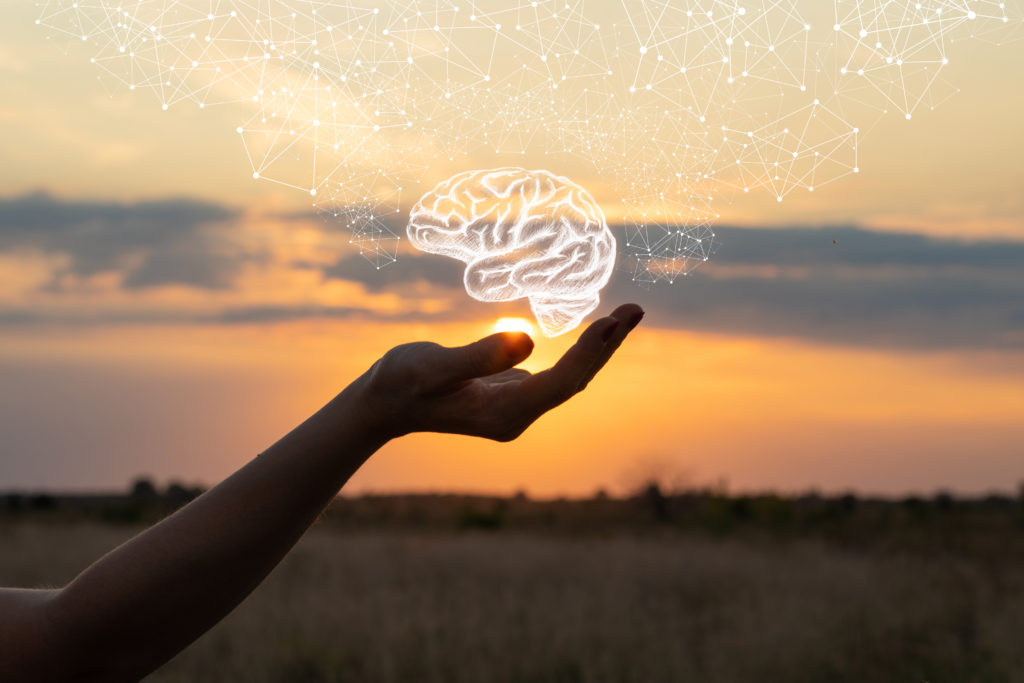
Let’s review what we know about trauma, trauma symptoms, and how to reduce them.
(A comprehensive explanation of trauma and its treatment are beyond the scope of this post. Information from the National Institute for Mental Health and National Center for PTSD may be helpful.)
At essence, the cause of trauma symptoms is the brain being alarmed too high, for too long, for it to recover its stable functioning.
Post-traumatic alarm is caused by:
- novel experiences of danger, threat, and shock,
- residual physiological and psychological effects from having experienced the original trauma(s),
- involuntary trauma symptoms,
- lack of comfort and help with thinking, and
- ways of thinking that perpetuate alarm.
At essence, to reduce trauma symptoms, a person has to “un-alarm” their brain for long enough for the brain to recover stable functioning.
In the list of the causes of alarm, although #1 is part of the human condition, and #2 is permanent, #3, symptoms, can dissipate if a person can help themselves with #4 and #5 as their own cognitive therapist.
Unfortunately, this process doesn’t:
- make “un-happen” what happened.
- result in instantaneous relief from an act of determination or will.
- remove feelings, including those judged as “negative.”
- disarm normal human brain functioning. Remembering – both consciously and involuntarily – and feeling activated will continue to happen.
Beginning with #4, after offering kindness and comfort to oneself, one heads directly for #5, ways of thinking.
Here are some initial questions to ask oneself:
1. Although I may not want this to be true and I may be somewhat numbed to it, what is going on in my life that logically and understandably might be alarming me? This could be one thing or a list of things. Although stressors related to the pandemic may be on my list, let me go deeper. What else might be alarming me?
2. Thinking “This shouldn’t be this way,” can alarm the brain. About what, even in the smallest way, am I thinking, “This shouldn’t be like this” or “This shouldn’t have happened”?
3. Thinking “This is too much for me,” can alarm the brain. Am I thinking, perhaps about some things at some times, “This is too much for me”? About what?
4. Thinking “I should be or do _____” or “I shouldn’t be or do ______” can alarm the brain. About what am I thinking “I should” or “I shouldn’t” about myself or my efforts? About what am I thinking “They should” or “They shouldn’t” about others and their actions?
5. Feeling upset or outraged at others can alarm the brain. Sometimes outrage at injustice is merited. Sometimes, I can rage at others or despair over myself or others as an outpouring of an inner sense of powerlessness, helplessness, and lack of control. Am I in danger and need to extricate myself? If I am not in danger, about what am I feeling a lack of power and control?
6. The brain knows “tough love” is an alarming oxymoron. Am I using “tough love” on myself? About what am I criticizing and judging myself? By what criteria am I measuring and evaluating myself and coming up short? Are these criteria realistic and helpful, aligned with my values and priorities, or are they cruel rules?
7. What facts and realities about myself, others, the human condition, and the way the world works am I avoiding? What do I need to approach, see as it is, acknowledge and/or accept, address with my cognitive skills, and, thus, help “un-alarm” my brain and ease my distress?
Of the 100 billion humans estimated to have ever lived, we can’t know what portion of them experienced trauma, or developed trauma symptoms. Over half of U.S. women and 60% of U.S. men have experienced at least one traumatic event in their lives. In my estimation, those who attempt to reverse the very brain changes that result in trauma symptoms are no less than heroic.
. . . . .
The content of this post is informed by cognitive behavior therapy (CBT), dialectical behavior therapy (DBT), cognitive processing therapy (CPT), acceptance and commitment therapy (ACT), positive psychology, and other therapeutic modalities.
Image: iStock
This content is for informational purposes only and is not a substitute for medical or professional advice. Consult a qualified health care professional for personalized medical and professional advice.
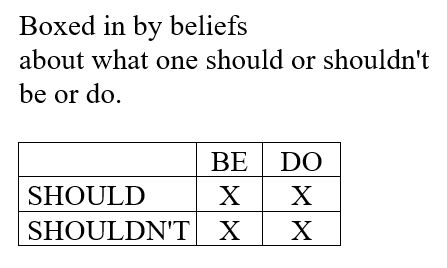




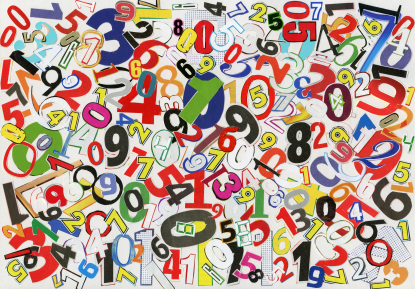 Let’s also assume that each person has some level of
Let’s also assume that each person has some level of 